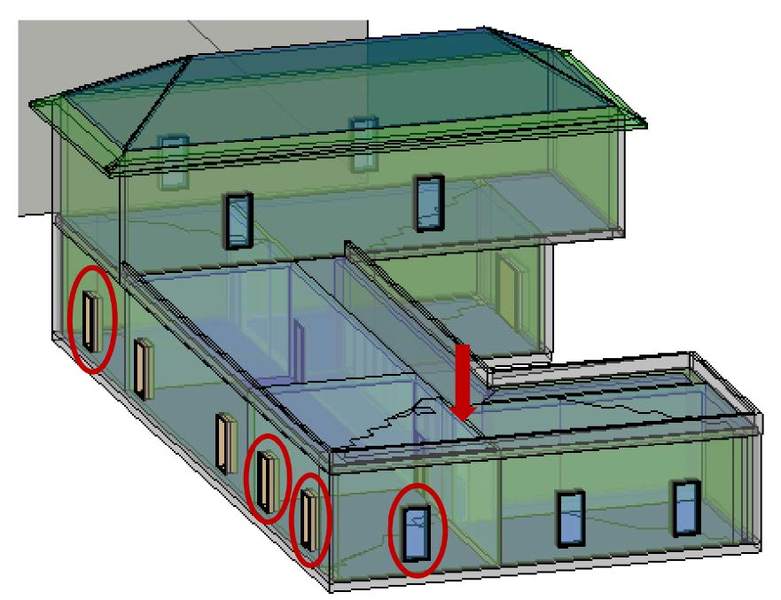WP 3 Results
The main result is an innovative methodology developed from the research and knowledge sharing for the improvement of the energy management of stations corresponding to the specific objective number 2, consisting of stimulation and innovation transfer, its evaluation and application to the energy performance improvement of buildings linked to the transportation sector. The results include the definition of BIM model requirements, including information transfer protocols and the Level of Development (LOD) to be adopted.
Through the analysis of case studies developed in the frame of this project, it was possible to establish the LOD for energy analysis in existing buildings (Transport Stations) and evaluate the interoperability between the BIM authoring software and energy-analysis software. It was possible to point out that LOD 300 is the most accurate to be used in most of the parameters regarding energy analysis in this type of buildings.
This methodology allows for an accurate decision making process, to identify the most adequate solutions to apply in energy retrofitting projects, including the entire process from data acquisition, energy modeling, software interoperability and building energy analysis. With the application of this methodology, the benefits of assessing the building energy performance on a virtual environment may be gathered in the earliest project stages
